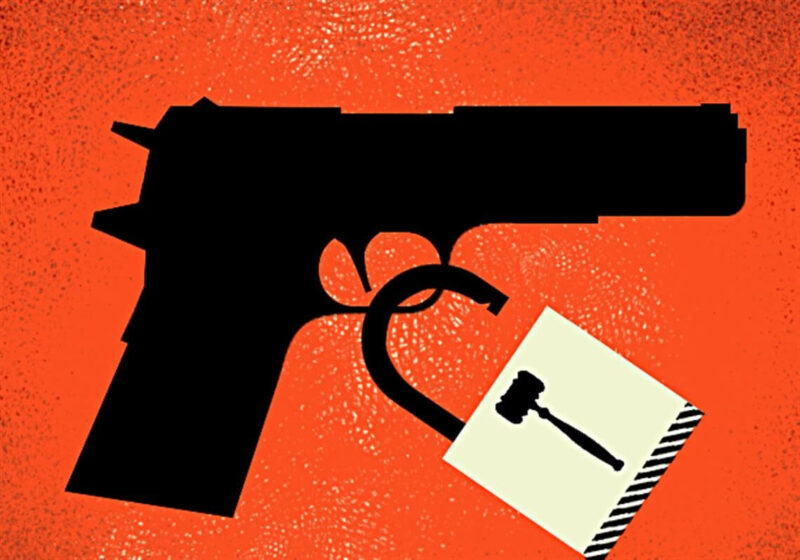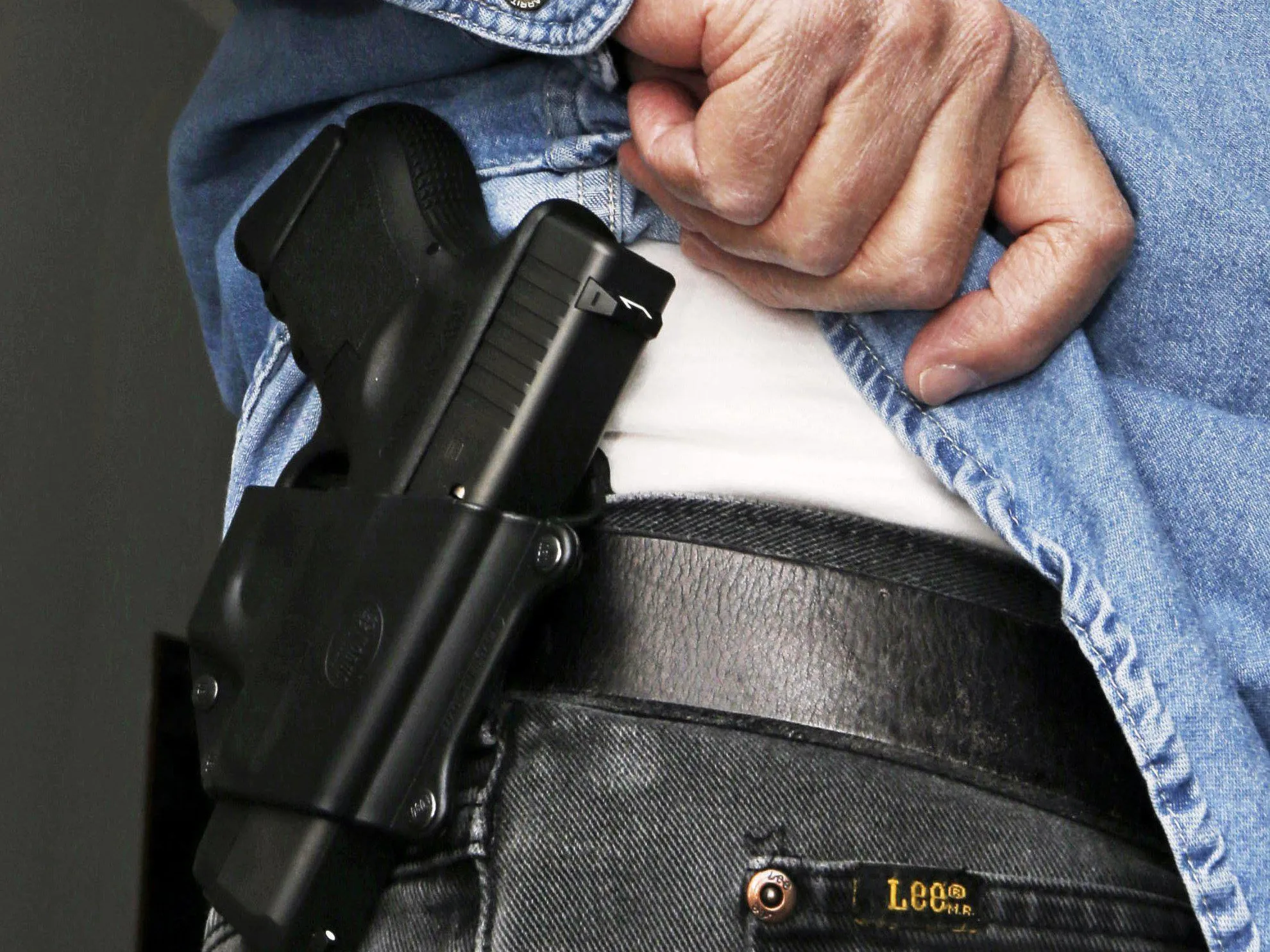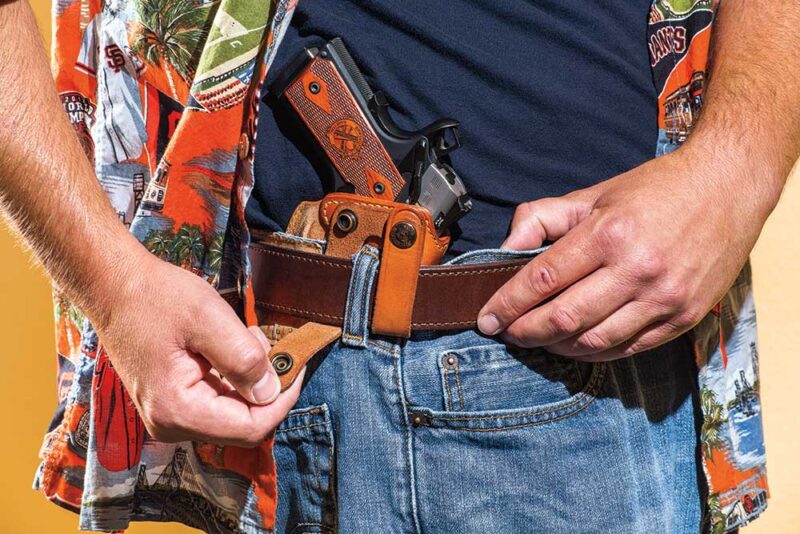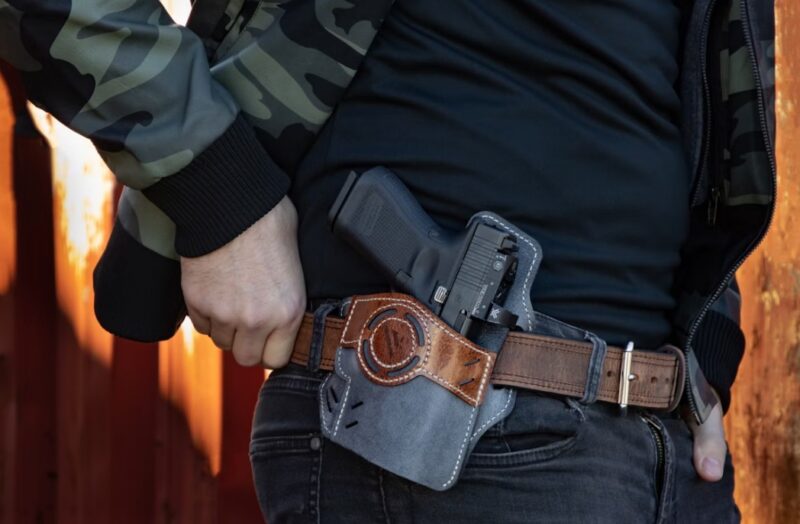More Americans are applying for concealed carry permits than ever before. The reasons vary, from personal safety to exercising a legal right. However, carrying a firearm in a large city presents a distinct set of challenges compared to rural or suburban areas.
In places like Denver, Colorado, it’s not just about having the permit. It’s also about knowing when and where you’re allowed to carry, what’s restricted, and how quickly things can go wrong if you’re unaware of the rules. Each city has its own way of dealing with firearms, and Denver is one of several urban areas with laws that go beyond state guidelines.
Before you decide to carry in any major city, it’s worth learning how local laws work and what responsibilities come with concealed carry in public spaces.
Know the Local Rules

Gun laws can vary widely within a single state. Colorado is a good example of that. While state law outlines the basics for concealed carry, cities like Denver have added restrictions based on population density, crime rates, and public policy goals.
In urban environments, where crowds and public buildings are common, there’s more focus on regulating where firearms can legally be carried. That means you can’t assume that a state permit gives you unrestricted freedom in every corner of the city.
Anyone planning to carry within city limits should understand local rules first. For example, the Denver concealed carry permit has specific steps and legal requirements set by the city, including training and a background check. These rules are meant to align with Colorado state law while also addressing urban safety concerns.
In Denver, carrying inside certain city-owned buildings or public parks may be off-limits, even with a valid permit. Those who live outside the city but travel in regularly for work, events, or personal reasons need to keep these details in mind.
The goal here isn’t to make things difficult for legal gun owners. It’s to strike a balance between public safety and individual rights. That’s why it’s important to review local guidelines before carrying in any city.
Understand the Differences Between State and City Laws
One of the biggest mistakes people make is assuming state law overrides everything else. In many cases, state laws set the foundation, but cities are allowed to add more rules to deal with local issues. That’s why you might be legal in one town and in violation just a few miles down the road.
These added rules could include specific no-carry zones, magazine limits, or stricter enforcement policies. You might also find that signage alone can make certain private properties off-limits, even if you have a valid permit.
Before carrying in any new city, look up the local ordinances or contact local law enforcement with questions. A few minutes of research can save you a lot of trouble later.
Be Aware of Restricted Zones and No-Carry Areas
In any city, certain locations are always off-limits to concealed firearms, even with a valid permit. These areas often include schools, government buildings, courtrooms, and federal facilities. Many hospitals, bars, and large event venues also prohibit firearms, depending on city rules and private property policies.
Some urban areas go further. In Denver, for instance, local ordinances may restrict carry in city parks, recreation centers, or on public transit. These extra rules are meant to lower risks in crowded or high-traffic areas. If you’re carrying without checking for posted signs or local codes, you could unintentionally violate the law.
Reading up on city-specific no-carry zones should be part of your routine when traveling with a firearm. If you’re unsure whether a place allows carry, it’s better to avoid entering with a weapon than to risk fines or legal action. You’re still responsible, even if the rule wasn’t clearly marked.
Concealed Carry and Public Interaction

Carrying a firearm in a dense city means you’ll often be in close quarters with others—on sidewalks, in elevators, at public events. This makes discretion a top priority. Concealment means more than just covering your firearm. It involves choosing the right holster, wearing proper clothing, and avoiding behaviors that draw attention.
Printing, which is when the shape of your gun becomes visible through clothing, is something to avoid. It can make others uncomfortable or lead to unwanted attention. A good concealed carry setup minimizes printing while still letting you draw safely if needed.
In a city, you also have to be prepared for interaction with law enforcement. If an officer approaches you, stay calm. Let them know you’re legally carrying and follow their instructions. Being polite and clear helps the situation stay under control.
Remember, you’re responsible for how you carry and how you react. How you handle your firearm and yourself can influence how others perceive legal gun ownership in your community.
Ongoing Training and Mental Readiness

Getting a concealed carry permit is only the beginning. Carrying in urban spaces takes regular training, both physical and mental. Practice drawing from your holster safely. Go to the range often. Review your local laws from time to time—they can change.
But just as important as physical skills is mindset. You need to be aware, alert, and thoughtful. A crowded street or fast-moving event requires c. You’re responsible for knowing when to act and when not to.
Mental readiness also means recognizing when carrying may not be the right choice. If you’re stressed, distracted, or unsure about your surroundings, leaving your firearm secured at home might be the better option.
Carrying a concealed firearm in an urban area takes more than a permit. It takes awareness, preparation, and an understanding of local laws that can shift from one city to the next. Whether you’re commuting into Denver or visiting another metro area, knowing the rules and respecting the space you’re in makes everyone safer.

